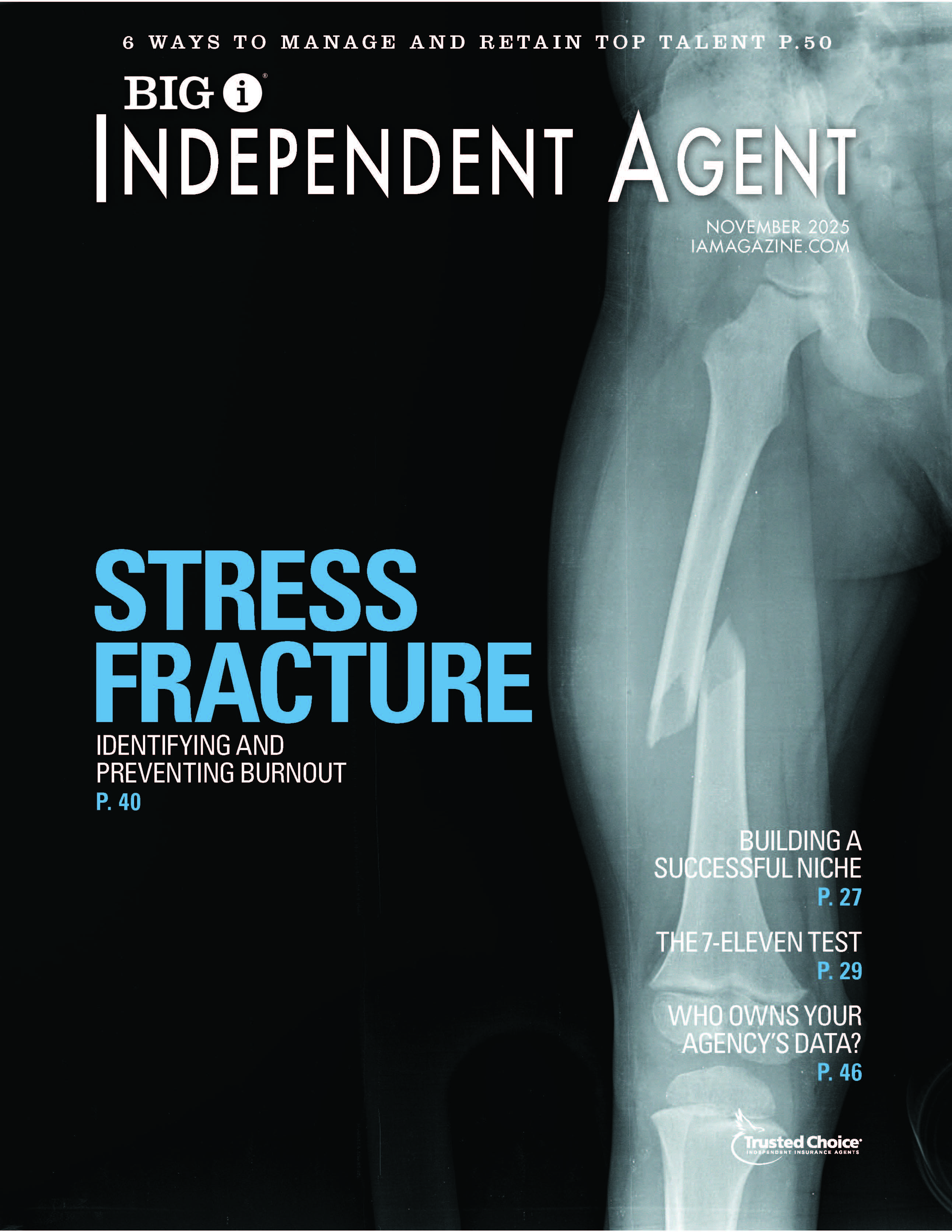5 Ways to Increase Sales While Decreasing E&O Claims

By: Caryn Mahoney
How often do you hear about a customer suing their car salesman for not selling them a new car, or for selling them a car that lacked all the bells and whistles?
Selling and servicing insurance is not like selling and servicing other products. Here are five ways to avoid errors & omissions claims through smart sales practices:
1) Offer all coverages that would commonly apply to the exposure, and that your agency normally handles. Do this even if you know the client won’t buy all the recommended coverages, and even if you think you won’t be able to offer a price your client will find attractive.
Why? After a loss, it is not unusual for a policyholder to testify that they don’t recall being offered the coverage in question—and they’re being honest! They really don’t remember that conversation years ago. What they know for certain, though, is that they would have purchased that coverage if only it had been offered.
Consider using exposure checklists and questionnaires. You can find sample checklists by logging in to the E&O Happens website with your Big “I” credentials.
Always have your client initial or sign off on offered coverages, and then make a note in your agency system. Or, better yet, send a letter confirming the client’s rejection of any important coverages. And if you don’t normally handle a certain type of coverage, suggest your client go to another agency for that coverage and document that in writing.
2) Offer higher limits, but don’t take on the responsibility of evaluating the sufficiency of those limits.
Make it clear to your client that you are not choosing the limits, because they are in the best position to know the value of their property and exposures. If you’re still uncertain about the quality of your information, offer several limit options, erring on the high side with at least one.
If applicable, tell your client that a co-insurance penalty could apply if they do not have sufficient limits, and always inform your client that they have the option to purchase higher limits.
3) Review the application, quote, proposal and policy to find discrepancies. It is best to have your client complete the entire application. If that is not practical, your standard procedure should involve asking every question in the application and having your client initial each page and/or important items, then sign and date it.
If you have your client’s prior policy, identify and address any differences. Make sure the coverages requested in the application match the coverages quoted in the proposal and issued in the policy. If you find any differences, address them immediately with the carrier, any upstream broker and your client.
4) Don’t create unrealistic expectations in your marketing materials. It’s never “just an ad.”
Avoid describing your agents as “experts” or “professionals,” or claiming that your agency has particular expertise, unless those claims are factually true and you have every intention of using those talents for your customers. For example, some agencies offer risk management consulting as a foot-in-the-door marketing device, but this can lead to trouble if they don’t actually have that training or fail to follow through.
Never promise to obtain the “right coverages for you,” “all the coverages you need” or “all-risk” coverage. Guaranteeing that your client is “fully covered” is sure to be a broken promise—no customer is going to buy every coverage available at the highest limits allowed.
Similarly, do not promise to identify all your client’s insurance needs, offer to anticipate and plan for all their potential risks, or indicate that you will be their “partner.” Any of these representations can increase your agency’s exposure to E&O claims since a jury may find that you have held yourself to a higher standard of care, then failed to deliver.
5) Keep your client informed. Immediately advise your client in writing if you are unable to obtain the coverage they requested, or if you run into any problems placing the coverage. Then, advise them in writing of what is necessary for placing the policy, provide the time limit for compliance, and pass on any quotes to your client in a timely manner. Finally, advise your client in writing to review the policy and contact you if they have any questions or want to make any changes.
These practices will all require extra effort on your part—but so do E&O claims.
Caryn Mahoney is an assistant vice president, claims specialist with Swiss Re Corporate Solutions and works out of the Chicago office. Insurance products underwritten by Westport Insurance Corporation, Overland Park, Kansas, a member of Swiss Re.
This article is intended to be used for general informational purposes only and is not to be relied upon or used for any particular purpose. Swiss Re shall not be held responsible in any way for, and specifically disclaims any liability arising out of or in any way connected to, reliance on or use of any of the information contained or referenced in this article. The information contained or referenced in this article is not intended to constitute and should not be considered legal, accounting or professional advice, nor shall it serve as a substitute for the recipient obtaining such advice.










